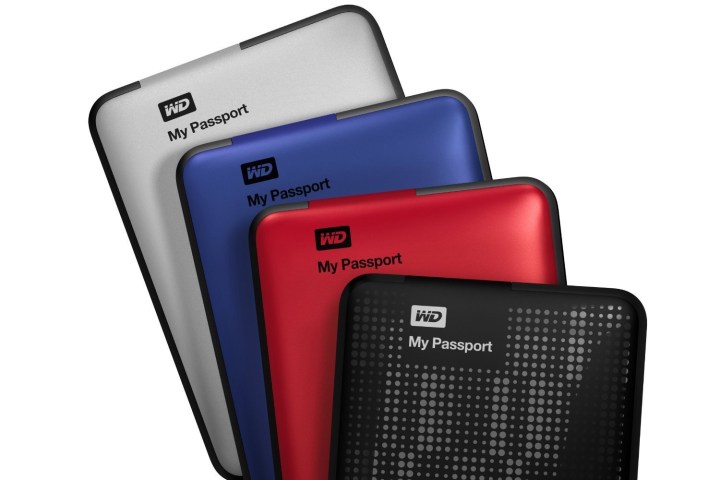
But some devices that are designed to help Joe Consumer keep his files safe and secure from prying eyes while on the move are far from capable. In fact, some have been found to be easy enough to crack open that they don’t even require a password — making it rather redundant to create and memorize a long and complicated one.
This was discovered as part of an investigation by a group of security researchers into the levels of security on portable hard drives like Western Digital’s My Passport and My Book series. It turns out they are very lax, as those looking into it discovered multiple ways that the data could be removed quite painlessly.
Published in a report titled, “got HW crypto? On the (in)security of a Self-Encrypting Drive series,” the results paint a poor picture of Western Digital’s security, but also suggest that the standards within the industry are far from high.
While there are several security measures in place, like locking down the USB connection until a password is entered and salting the password, they don’t go very far in protecting the data. In one case, the random data used for the password hash is taken from the current time on a computer clock, making it very easy to guess. Although as Ars Technica points out, that particular flaw was patched out some time ago, not everyone will have updated their devices.
In another, much more egregious instance, the hash of the default password was found on some drivers when a user-generated code had only been changed once — making it a breeze for security researchers to crack it. Another problem was that some devices allowed for the copying of the password hash off the device, making it possible to crack it away from the drive in question.
In some instances, the Western Digital firmware itself was vulnerable to attack, though this and other problems were less prevalent in newer versions of the drives.
Although this isn’t necessarily an indication of every external drive with automated encryption being poorly protected, it does suggest that claims of high-security on such devices should be taken with a pinch of salt. For those wanting true protection, full-disk encryption is still a much safer bet.



